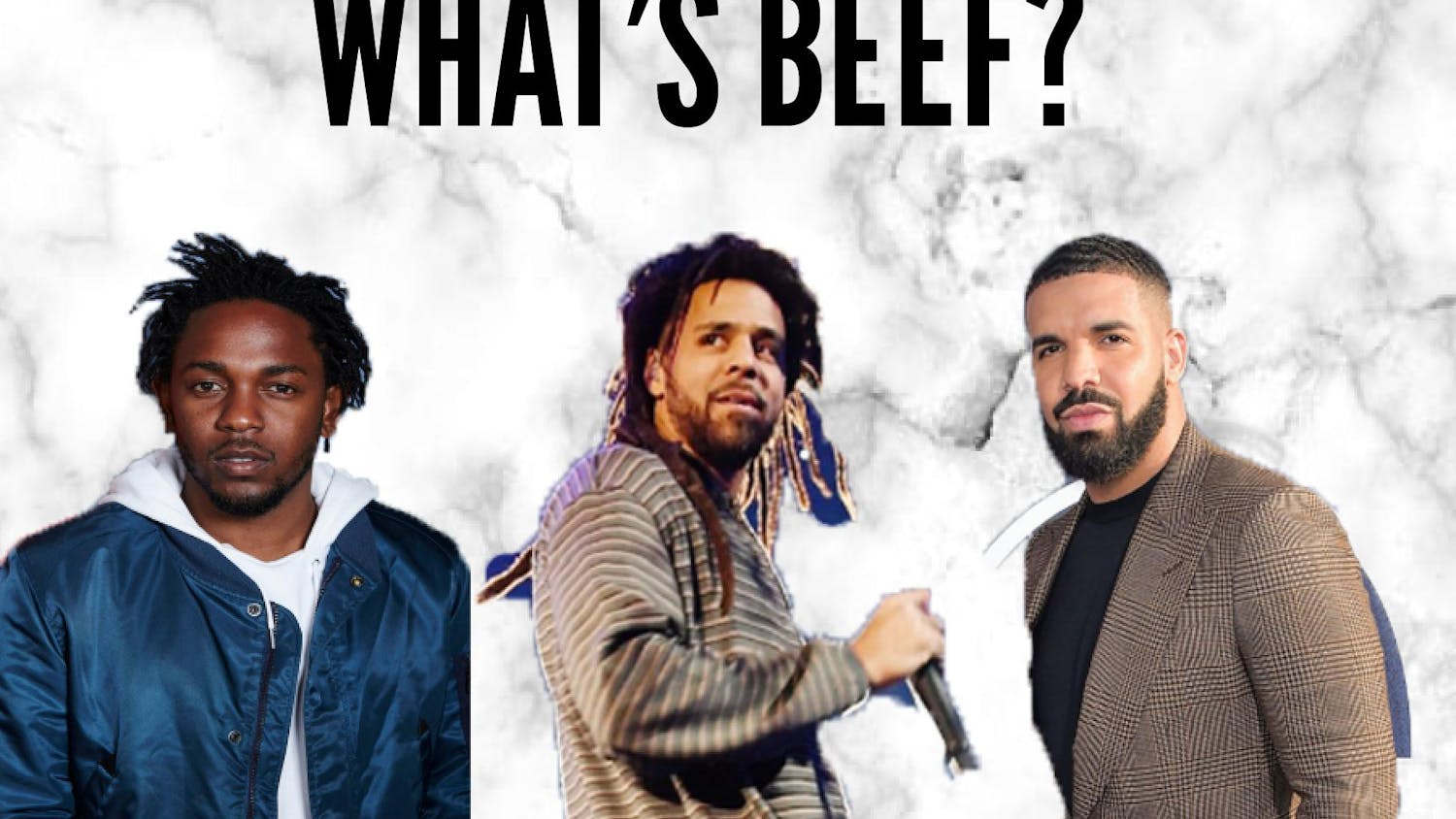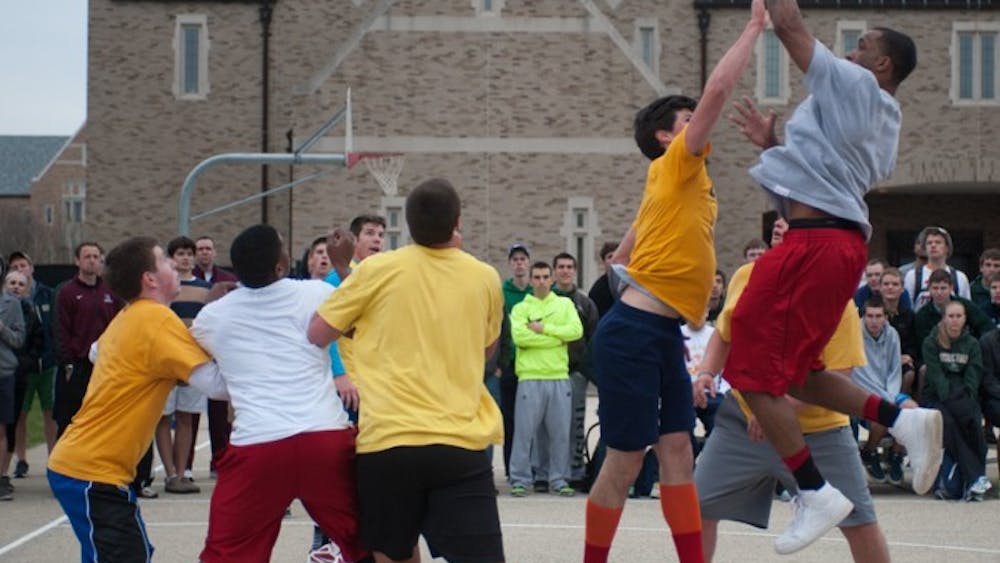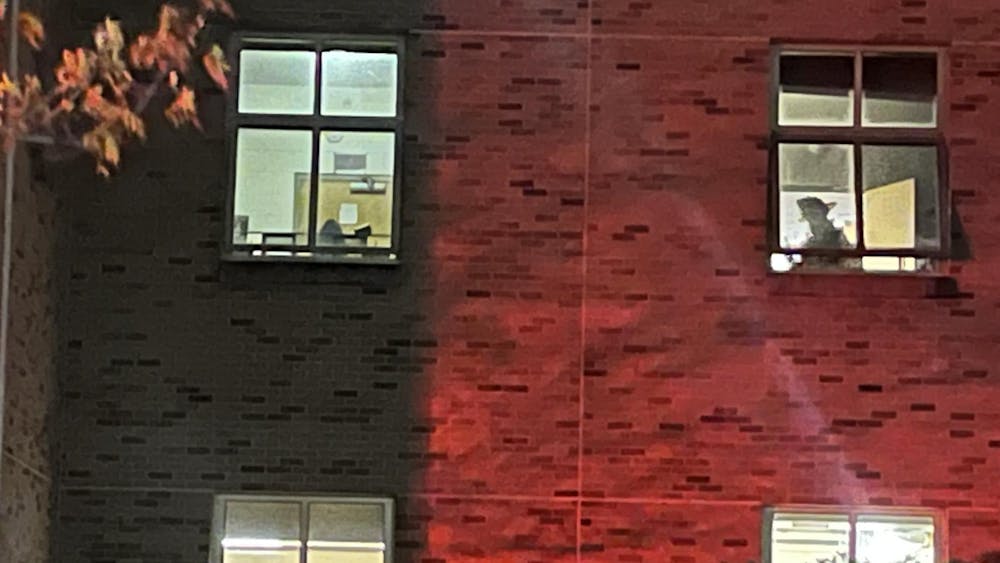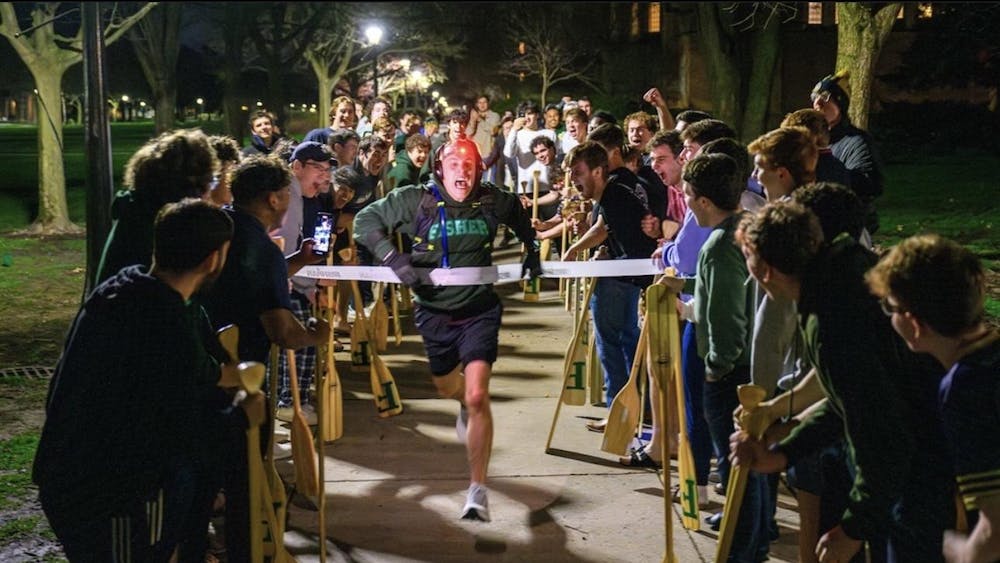When Anthony Thomas talks about the origins of KNO Clothing, the company he helped co-found, his story starts on the streets of New York. He tells the story of a man one of his colleagues met on the street. He held an MBA degree and possessed a stellar education, but this man had few close connections. In the recent past, he had undergone an accident that left him in a coma. Despite his higher education, when he awoke, he was without a support network. He was homeless.
It is the ease with which that story could be his, yours, mine or any one of our friends or acquaintances that spurred Thomas, along with his partner and college buddy Stephen Caldwell, to found KNO Clothing, a non-profit fashion line. For every piece of KNO clothing you buy, a piece of clothing is given to a person experiencing homelessness. Funds for shelter are also donated to the company's partners, such as the Bethesda Mission.

KNO unites the right to clothing and the right to shelter through their designs, and reflects this sentiment in their name. It combines the ideology that "Knowledge" about homelessness destroys stereotypes associated with the homeless with the belief "No One" should go without the physical protection both a home and clothing provide. Indeed, the company's website, knoclothing.com, emphasizes housing is a human right under international law.
So many of us Notre Dame fashionistas take for granted on a daily basis such a basic human right so many lack. Fashion is a nonverbal, visual language and we are its most avid speakers. It is most apt, appropriate and indeed, our fashion responsibility to use its communicative powers to combat an injustice. By supporting KNO, we can do so.
KNO's fashion options combine relaxed, casual wardrobe staples with innovative designs inspired by college fashion moments when Caldwell had an almost-Pollack penchant for splashing paint on his own graphic t-shirts. The "Fashioned to Love T-shirt," launched a year ago in honor of Valentine's Day, emphasizes communicating love and concern for the homeless through its superimposition and submission of a heart into complicated latticework. Letters inside each compartment spell the company's slogan, "Fashioned to End Homelessness."
The design seemingly conveys all of Thomas' points - like each part of the lattice in the design, we all have an individual responsibility to help the homeless. However, to accomplish this, we all must work together and become whole, banding our hearts and minds together to fashion an end to the problem. The "And We Love That T-Shirt" boldly displays KNO's last sentence of their mission statement over bright neon paint streaks, emphasizing the fact anyone can help end homelessness. The company also offers items with a more bohemian vibe, such as a violet flower-motif dress. Whoever said being socially conscious was incompatible with chic has clearly never heard of KNO.
I have heard people deride an interest in fashion. They call it fluff, even going so far as to call an interest in clothes a luxury. In fact, an interest in fashion and how we adorn ourselves helps us to create our own individuality, our own sense of personal pride, a knowledge of who we are. We use clothing and fashion not only to shelter ourselves from the elements, but also to communicate our solidarity with a group, our common beliefs. Does it not make sense that the first step to fighting homelessness is not only to actually help give homeless people shelter, but to grant them a tool with which to recreate their own individuality, find common bonds with a group and rebuild their lives with visual fashion communication?
Fashion as it turns out is not fl far from it. It is a tool with which we can affect social change. Dear Fashionistas, let's show the world how powerful we can be.

To support the fight to end homelessness you can buy a fashion item from KNO's website at knoclothing.com. On Saturday, Sept. 22, the company will also hold a 5K race in Chicago, titled "Change of Pace," to encourage involvement in the Fashioning to End Homelessness movement. Visit their website for more details.
Contact Felicia Caponigri at fcaponig@nd.edu
The views expressed in this column are those of the author and not necessarily those of The Observer.












